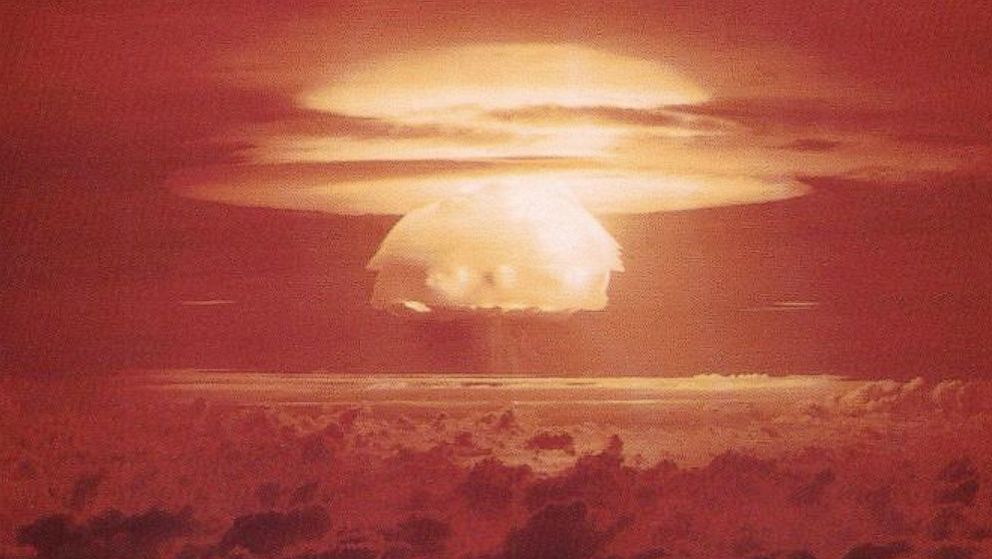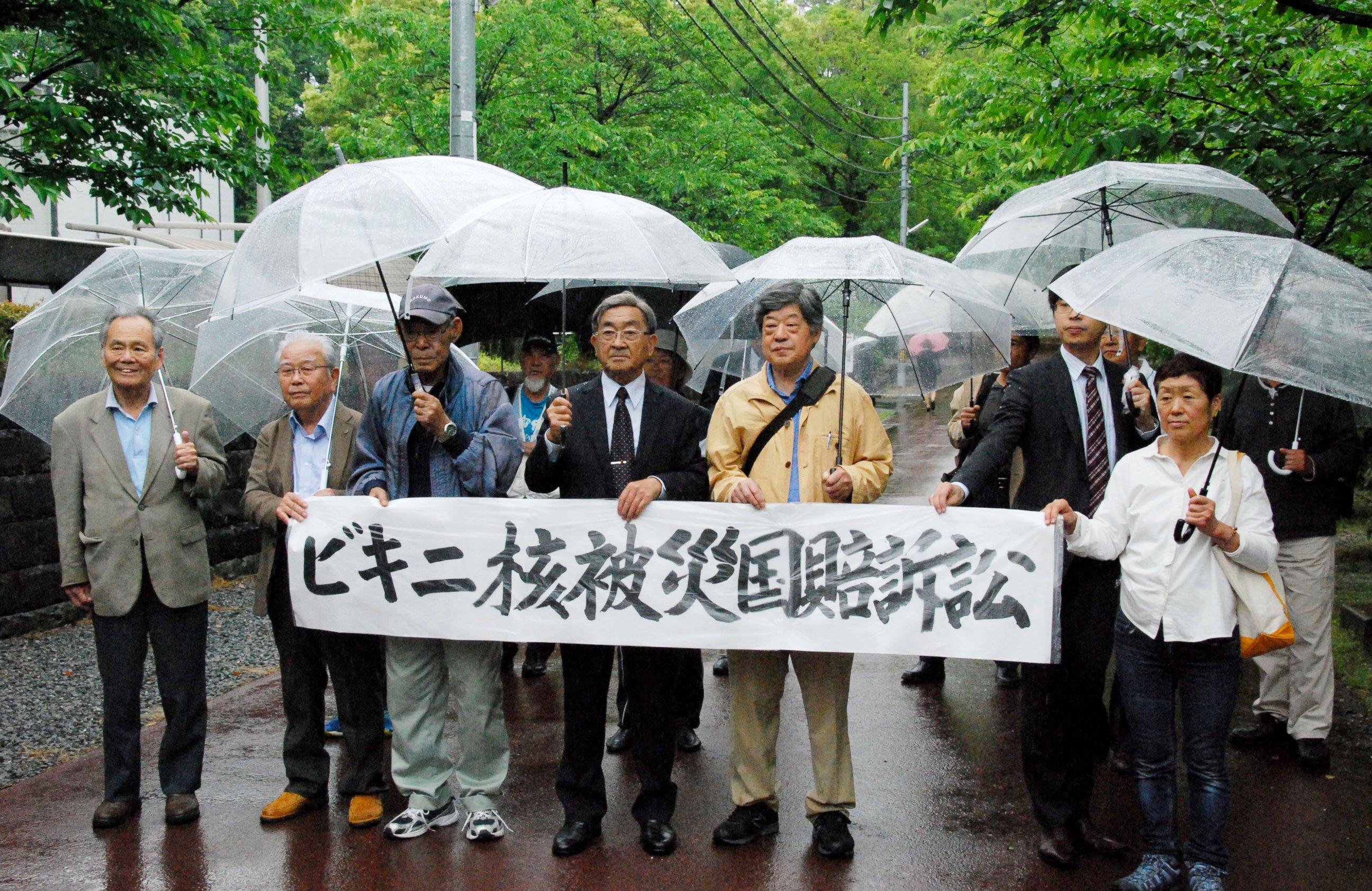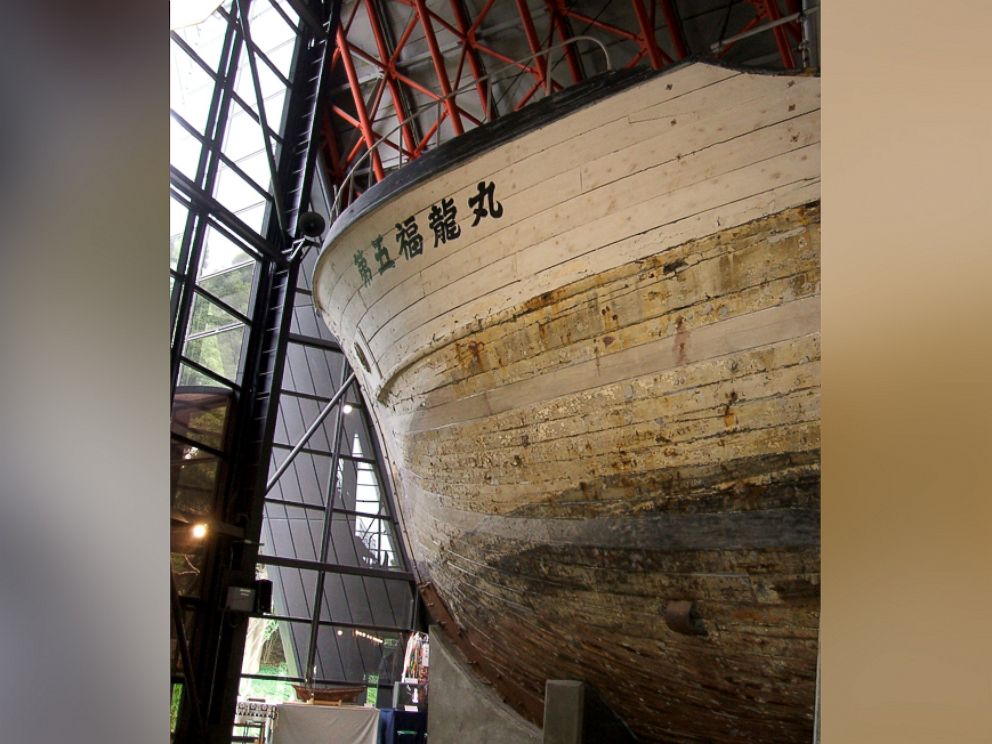Fishermen Sue Japan for Hiding Records of Fallout From US Nuclear Tests
Fisherman exposed to radiation from 1954 U.S. nuclear tests are suing Japan.

— -- A group of 45 retired Japanese fishermen have filed a lawsuit against their own government that seeks compensation for failing to disclose records of their exposure to radiation from a series of hydrogen bomb tests called “Operation Castle,” conducted by the U.S. in the Pacific Ocean and starting on March 1, 1954.
The plaintiffs, who are demanding 2 million yen in compensation per person, or a little over $18,000 in U.S. dollars, are mostly crew members of fishing vessels from ships exposed to fallout as a result of the blasts, and include ten people who sought workers’ compensation this February for cancer and other illnesses believed to be related to the Operation Castle nuclear tests. Some of the plaintiffs include the family members of dead fishermen.
The current lawsuit is different from one issued by the Republic of the Marshall Islands in April of 2014 that claimed harm done to their country by nine nuclear-armed countries, including the U.S.

The news of the suit coincides with today's announcement of President Obama’s historic visit to Hiroshima, Japan, in late May, which would mark the first time a sitting president has ever visited the site where tens of thousands of Japanese civilians were killed in a nuclear blast at the end of World War II. Obama’s trip is not intended to revisit America’s decision to detonate an atomic bomb, according to a post on Medium by Ben Rhodes, Obama's deputy national security adviser, but is instead meant to focus on the future, ideally drawing attention to a goal of global nuclear disarmament.
Japan's Ministry of Health, Labor and Welfare had stated that no records of Operation Castle existed until it released them in September 2014 after repeated requests from a civic group and others, according to the Japan Times, which also noted that the ministry acknowledged that the crew of 10 ships were exposed to fallout but asserted the doses did “not reach levels that could damage their health."
Critics of America’s use of nuclear weaponry in World War II, including Hiromichi Moteki, the secretary general of the Society of Dissemination of Historical Fact, have called the bombing “a war crime”, and the issue has understandably been an extremely sensitive and politically charged one for Japanese people since the war’s end.
The U.S. State Department did not immediately respond to ABC News' request for comment about the lawsuit. The State Department has paid the Japanese government over $15 million since 1954 in reparations for the tests. The U.S. has conducted 106 nuclear tests in the Pacific Ocean, according to the Natural Resources Defense Council, a nonprofit environmental advocacy group.

The 1954 tests that prompted Monday’s lawsuit began with an explosion code-named “Castle Bravo,” which represented the most powerful nuclear device ever tested by the U.S., creating a yield of 15 megatons of TNT, nearly double the high end of what had been expected by planners. The power of the Castle Bravo explosion was equivalent in strength to roughly 1,000 Hiroshima blasts at once.




